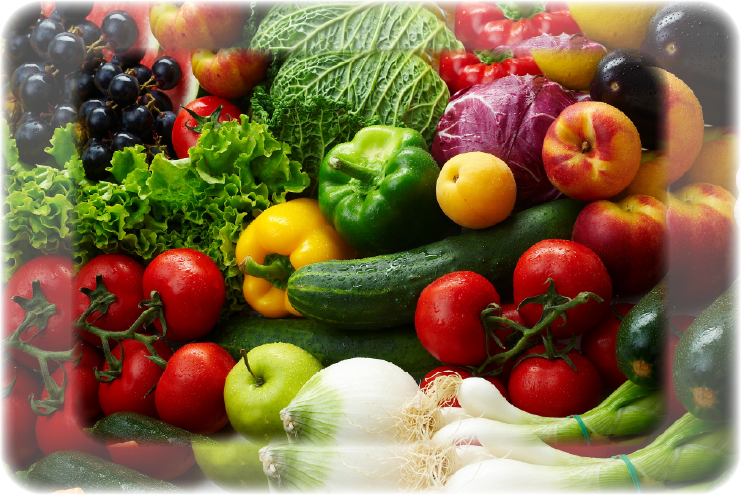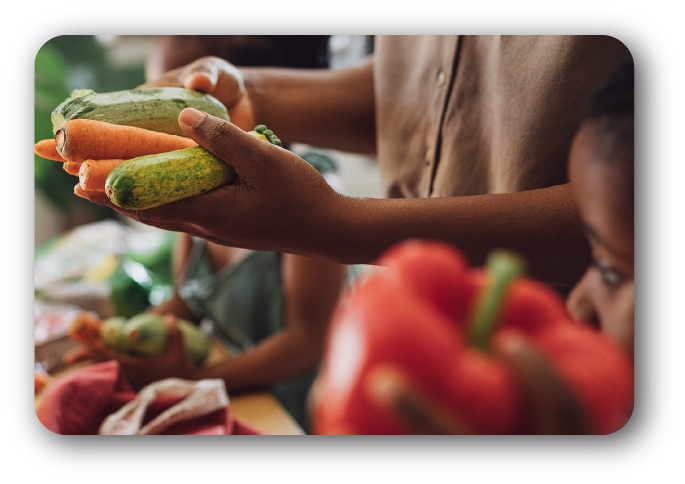
I t is in this context that we should examine the right to life. Access to clean drinking water, clean breathable air and clean, non-toxic food, must be non-negotiable and fundamental.
Once these fundamental rights are acknowledged, food security and food sovereignty become significant factors of sustainable development. The production of food has been the domain of the farming and fishing communities, from prehistory. However, the strong links that farmers had to their land are being severed by the introduction of industrial farming and the subsequent ‘Green Revolution’ technological package. The traditional knowledge and genes that had sustained humanity for over three thousand years are discounted and replaced with high energy-dependent, biodiversity poor, toxic methods of farming, supported and financed by the international banking system.
The tragedy is clearly outlined in the statement from the National Farmer Federation of Sri Lanka which made the following declaration to the Consultative Group in International Agricultural Research (CGIAR) in 1998. They said:
“We believe that we speak for all of our brothers and sisters, the world over, when we identify ourselves as a community who are integrally tied to the success of ensuring global food security. In fact, it is our community who have contributed to the possibility of food security in every country, since mankind evolved from a hunter-gather existence. We have watched for many years, as the progression of experts, scientists and development agents passed through our communities with some or another facet of the modern scientific world. We confess that at the start we were unsophisticated in matters of the outside world and welcomed this input. We followed advice and we planted as we were instructed. The result was a loss of the varieties of seeds that we carried with us through history, often spanning three or more millennia. The result was the complete dependence of high input crops that robbed us of crop independence. In addition, we farmers, producers of food, respected for our ability to feed populations, were turned into the poisoners of land and living things, including fellow human beings.”
Today we are faced with the spectre of ever-widening circles of agricultural poisoning that has seen an exponential increase in non-communicable diseases of farmers and rural folk.Everyone agrees that it is a toxic cause, but as there is no demonstrable causal link, the application of the suspect materials continues unabated. The critical question is; when did this syndrome start to manifest?’ The link to the time of abandonment of traditional agriculture, in favour of the ‘Green Revolution’, and the acceptance of exposure to toxic chemicals, as an agricultural norm, is very clear.
The precautionary principle was never invoked. There was no discussion of synergistic effects, bioconcentration and other processes that can render the agroecosystem toxic to the farming populations. Can the erosion of a benign traditional agricultural system that had co-evolved with the biodiversity of this country for over three thousand years to an exotic, toxic, fossil energy-dependent, agricultural system, be seen as more ‘developed’?

Agriculture is the production of food, medicines and fibre by biological systems. Thus, agricultural sustainability must consider biological sustainability. In a biological sense, sustainability is the potential to recover from perturbation and stress (Conway, 1985). A sustainable system oscillates between inflexible boundary conditions. If the boundary conditions are exceeded, a change in state occurs so that the system loses its original identity and potential. Thus, the sustainability of this system is determined by its boundary conditions as well as its internal dynamics. A biological entity is a product of its temporal and genetic history in varying environments. There are environmental thresholds that cannot be transcended without extinction. In other words, every living thing has limits; be it temperature, water, salt or food, take too much you die, take too little, you die. While acclimatisation often allows an individual, or species, to change its measured thresholds, there exist lethal thresholds beyond which an organism cannot transcend. So, sustainability, when applied in the biological context, will be seen to be defined by inflexible boundaries. If the degree of perturbation or stress makes it transcend the boundaries it loses its identity as an organism or an ecosystem.
Agrarian societies, with long histories, possess the credibility of having sustained themselves successfully under the rigour of survival in a natural world. The looming problem for the future is that the model chosen for sustaining the future global agrarian society is an energy and resource-demanding production system, while no investment is being made to research, building on traditional systems.
The burgeoning populations of the future may have no other option than high energy input agriculture to sustain them, simply because we have not invested in examining any other option. Some of the reasoning may lie in thinking that feeding a rapidly growing world population, a socioeconomic problem, can be resolved through reductionist, technological approaches. However, it is becoming evident that the present resource-expensive system of agrarian production will become increasingly more expensive to maintain. This phenomenon is a result of increasing input costs and decreasing productivity of the land. The predicted global climate effects will also make large areas of monocultures risky. There may be value in examining other options.
The value in maintaining diversity is the constant availability of a large number of options. This applies equally well, whether in the case of marketing products or responding to disease or episodic climatic events. The question to be examined by designers of global society is ‘how much diversity can be conserved within the emerging global society? And ‘how much external energy is spent on the production of food? If the lessons learnt at the level of local societies are anything to go by, the goals of sustainability will be achieved best by conserving the diversity of global society and reducing the need for fossil energy to produce food.
The simplistic drive of modern agriculture, that accepts food production as merely an output of chemical applied to the soil, has lost touch with reality. Today we witness a radical change in the practice of agriculture. Both the ‘Green Revolution’ and ‘Industrial Agriculture’, with their emphasis on energy subsidies to overcome constraints in increasing production, have brought about an enormous change in the biodiversity and sustainability status of agriculture.The impact of this high energy input, low biodiversity agriculture has not only been felt by the sustainability of ecosystems.
It has also impacted the sustainability of cultural systems. The ethics of such changes have largely gone unaddressed.
Ethics is loose currency in a world justified only by ‘objective’ science, to justify profits. Yet, it is this very blind faith in ‘objectivity’ that has contributed to the collapse of social relations as seen in the ever-increasing crime rates and social dislocation in ‘developed’ societies. This dilemma is brought into focus by the question posed by Upali Senanayake at the first conference on Agricultural Sustainability, answering a question as to ‘what is so important in maintaining ethics as a value in an objective scientific community’. He answered with the question; “If you are completely ‘objective’ and place no value in ethics, then how can I trust you? By this question, he highlighted the value of ethics in maintaining social contracts.
In a country where farmers produce food for themselves, without toxins, while growing food with heavy doses of toxins separately, for the market, it demonstrates a mindset totally devoid of ethics. To meet the right to consume poison-free food, not only do we have to look for policies that safeguard this right, we also need farmers with a sense of ethics and responsibility towards those who consume the food they produce

We are aware that the critical Ecosystem services such as production of Oxygen, sequestering of Carbon, water cycling and ambient cooling is carried out by the photosynthetic component of biomass.
READ MOREFarming in a sustainable, productive manner has been a hallmark of every human tradition that has history. many traditional farms existent today that have been productive for hundreds of years.
READ MOREWe lose the biodiversity that once existed on that landscape and the biomass that provided the Ecosystem Services. This sacrifice was rationalised through the invocation of economic profit.
READ MORE